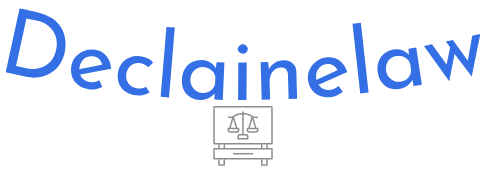[ad_1]
Emerging technologies such as artificial intelligence, blockchain, and the Internet of Things have tremendous potential to transform our lives and economies for the better. However, as with any new development, there are legal and regulatory challenges that need to be addressed to ensure that these technologies are used safely and effectively.
One of the biggest challenges in exploring legal frameworks for emerging technologies is the pace of change. Regulatory frameworks typically move at a much slower pace than technological advancements, which can lead to a mismatch between the two. This can result in outdated or inadequate regulations that do not adequately protect consumers or promote innovation.
Another challenge is the complexity of these technologies. Emerging technologies are often very complex, and it can be difficult to assess their potential risks and benefits. For example, artificial intelligence algorithms may be biased or discriminatory, or they may not be transparent in how they make decisions.
Despite these challenges, there are several legal frameworks that can help guide the development and use of emerging technologies. These include:
1. Risk-based approach: Rather than trying to regulate every aspect of a technology, a risk-based approach focuses on identifying and managing the potential risks associated with its use. This can involve conducting risk assessments, implementing safety standards, and monitoring the technology’s use over time.
2. Regulatory sandbox: A regulatory sandbox is a controlled environment where new technologies can be tested and developed without the fear of violating existing regulations. This allows innovators to experiment with new ideas and models, while also enabling regulators to observe and learn from these experiments.
3. Ethical guidelines: Many emerging technologies raise ethical concerns, such as privacy, security, and bias. Ethical guidelines can help guide the development and use of these technologies by establishing principles and standards that reflect society’s values and priorities.
4. Collaboration between stakeholders: The development and use of emerging technologies often involves multiple stakeholders, including innovators, regulators, and the public. Collaboration between these groups can help ensure that all perspectives are taken into account, and that the technology is developed and used in a way that is safe, effective, and socially responsible.
Ultimately, exploring legal frameworks for emerging technologies is a complex and ongoing process. But by taking a risk-based approach, creating regulatory sandboxes, establishing ethical guidelines, and promoting collaboration between stakeholders, we can help ensure that these technologies are developed and used in a way that benefits everyone.
[ad_2]
